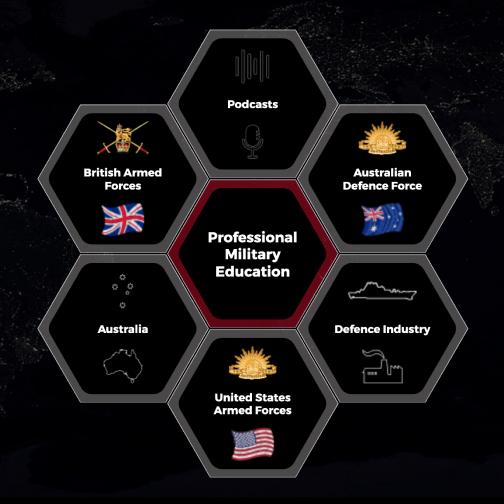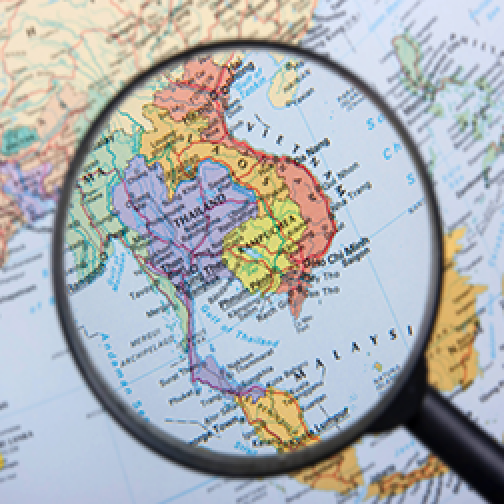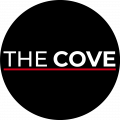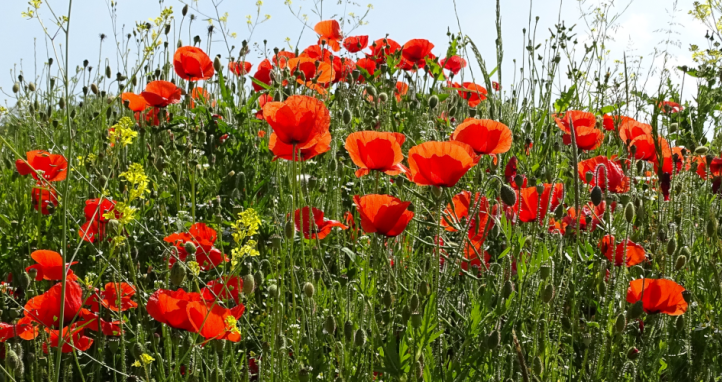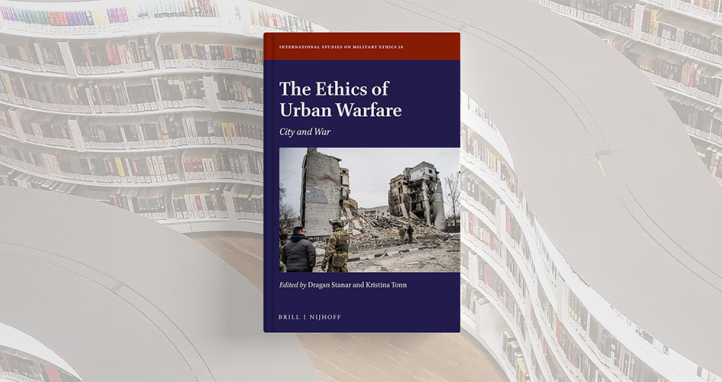Facts and figures
| GDP | $USD 0.00 billions |
| Currency | KPW (North Korean won ₩) |
| Imports | $USD 0.00 billions |
| Exports | $USD 0.00 billions |
| Main industries | military products; machine building, electric power |
The ‘Know Your Region’ series is designed to support unit and individual professional military education on the Indo-Pacific region. It’s important for all serving members of our military to have a foundational knowledge of the countries and issues in the Indo-Pacific.
On this page:
- Summary
- A short history
- Main industries
- Import/exports
- Challenges
Summary
North Korea has one of the most isolated and tightly controlled economies in the world. Since its creation in 1948, North Korea’s economy has experienced several phases: early growth, stagnation, collapse, and limited recovery. Today, it remains largely disconnected from global markets, heavily sanctioned, and reliant on a limited number of trade partners, primarily China.
In the immediate aftermath of WWII, the Soviet Union occupied the northern part of Korea. They supplied considerable economic and military aid to help with reconstruction, development, and security. This support enabled the newly formed government to quickly build an armed force large enough to invade the South.
In the aftermath of the Korean War (1950–1953), North Korea’s economy was once again in ruins with most of the country's infrastructure damaged or destroyed. The government immediately focused on growing heavy industries, especially chemicals and metals, once again relying on economic support provided by the Soviet Union and China. At one-point, North Korea's per capita GDP was estimated to be higher than that of South Korea. Little attention was given to agriculture until the 1970s, and it was not until the late 1980s that much effort was made to improve the quality and quantity of consumer goods.
Although the economy seemed to be faring well initially during the 50s and 60s, the high growth was not sustainable. By the 1970s, inefficiencies within the command economy began to surface. Mismanagement, lack of innovation, and poor agricultural planning led to stagnation. Despite the country’s stated policy of self-reliance, North Korea routinely found it necessary to import essential commodities such as fuels and machinery as well as grain.
The collapse of the Soviet Union in 1991 was a major turning point. In the early 1990s North Korea had begun to experience severe economic hardship. Not only had it lost its primary source of economic aid and reliable trading partner, a series of natural disasters, including floods and drought, resulted in widespread food shortages.
The North Korean Famine (referred to as the Arduous March) is estimated to have killed between 240,000 and 3 million people.
In the late 1990s the Government focused on building a strong military and a prosperous economy, adopting the motto “Kangsŏng taeguk” (“Strong and prosperous nation”). Kim Jong il increased military spending, his primary base of power, while opening parts of the economy to accommodate foreign investment and trade.
By 2015, economic liberalisation had progressed to the extent that both locally responsible and state industrial enterprises gave the state 20% to 50% of their output, selling the remainder to buy raw materials at market-based prices akin to a free market. While there were signs the economy was growing, the momentum was short lived. In 2020, when the COVID 19 pandemic spread across the globe, North Korea closed its borders. The government halted its reforms and shifted back towards more centralised planning and state control over the economy.
North Korea’s Economy Today
North Korea’s economy remains fundamentally a command economy, although elements of market activity remain. The state owns virtually all means of production and exercises control over prices, employment, and resources. The government sets economic priorities through national plans, typically five-year economic development strategies, though these are often opaque and subject to change based on political needs.
Key industries include mining (especially coal, iron ore, and rare earth metals), manufacturing, construction, energy production, and defence.
Agriculture and Food Security
By 1958, all privately owned farms were incorporated into more than 3,000 cooperatives. Each cooperative consisted around 300 families on about 1,200 acres (500 hectares). The farm units are controlled by management committees, which issue orders to the work teams, set the types and amounts of seed and fertilizer to use, and establish production quotas. Produce is delivered to the government, which controls distribution through state stores.
Farmers can sell surplus produce at local markets that are held periodically but this does not guarantee any additional income. During the 1990s food crisis, any extra food above the subsistence level quickly disappeared and farmers fared only mildly better than urban workers. The 1990s famine deeply scarred the national psyche and continues to affect food policy. While food production has improved due to some minor reforms and better weather, food insecurity remains a persistent issue, most recently repeated during the COVID 19 pandemic when imports and exports were halted.
The main food crops are grains – rice, corn (maize), wheat, and barley. The country once produced enough rice for domestic consumption; however, it now relies on imports from China. Industrial crops include tobacco, cotton, flax, and rapeseed (an herb grown for its oilseeds).
Industry and Natural Resources
North Korea possesses significant mineral resources, including coal, iron ore, zinc, copper, and rare earth elements. Mining is one of the few sectors with export potential, especially to China. However, much of the equipment is outdated, and there is a lack of infrastructure.
The manufacturing sector focuses on textiles, machinery, and armaments. Military-related industries are highly prioritised and often receive the lion's share of resources. Light industry, such as consumer goods production, has been underdeveloped and struggles with chronic shortages of raw materials.
North Korea relies primarily on coal for its energy needs with some hydropower after Kim Jong-il constructed large hydro-electric power stations across the country. According to The World Bank, in 2021, only 52.63% of North Korea’s population had access to electricity, with only 11% in rural areas. Many households are restricted to 2 hours' power per day due to priority being given to manufacturing plants.
Military and the Songun Economy
North Korea follows the "Songun" (military-first) policy, which allocates substantial resources to defence and military development. The military plays a dominant role in the economy not only through direct budgetary allocations but also via control of key enterprises and trade channels.
It is estimated that around 20-25% of GDP and a significant share of the labour force are devoted to military-related activities. This includes not only traditional defence spending but also arms manufacturing, cyber operations, and the development of nuclear weapons and missile programs. The emphasis on military strength has often come at the cost of civilian economic needs and development.
Trade and Sanctions
International trade is severely limited by sanctions imposed primarily by the UN, the U.S, and the European Union. This has been in response to North Korea’s nuclear program. A range of activities have been targeted, including arms sales, luxury goods imports, financial transactions, and, more recently, exports of coal, textiles, and seafood.
China remains North Korea's principal trading partner, accounting for over 90% of its trade. North Korea exports raw materials like coal and minerals and imports fuel, machinery, food, and consumer goods. Despite sanctions, there are reports of ongoing illicit trade through smuggling, ship-to-ship transfers, and cyber activities.
Sanctions have significantly impacted North Korea’s ability to earn foreign currency and access global financial systems. The government has made efforts to bypass sanctions by using front companies, and engaging in cryptocurrency theft, and cybercrime orchestrated by state-backed hacking groups such as the Lazarus Group.
Informal Markets
One of the most notable developments in North Korea’s economic landscape over the past two decades has been the rise of informal markets, or jangmadang. These grassroots market systems emerged during the famine years as a survival mechanism. Today, they function as semi-tolerated black markets where goods, food, and services are traded more freely than in the formal economy.
The jangmadang have facilitated the emergence of an entrepreneurial class and a quasi-market economy at the local level. Traders often rely on remittances from overseas workers or bribes to officials to conduct business. Although technically illegal or operating in a legal grey zone, these markets have become vital for ordinary North Koreans to obtain food, medicines, and other necessities.
The government, recognising the role of these markets in maintaining social stability, has occasionally regulated or taxed them rather than eliminating them outright. However, market crackdowns still occur, especially when political control is perceived to be at risk. The importation of foreign media and communication devices such as mobile phones from China, have been met with severe punishments.
Economic Reforms
Kim Jong-un’s tenure began with limited economic reforms. In the early 2010s, there were signs of effort to modernise, such as the development of special economic zones (SEZs), support for joint ventures with Chinese companies, and infrastructure projects including renovations in Pyongyang.
In 2016, North Korea announced a new five-year economic development plan focused on energy, agriculture, and heavy industry. However, progress has been stunted by sanctions, poor planning, and the regime’s reluctance to allow for decentralisation.
2020 COVID-19 pandemic saw a significant regression. The government closed its borders with China and refused international aid. A series of natural disasters combined to create what the government described as the “worst crisis since the founding of the state.” Economic development goals were postponed, and the regime reverted to policies promoting self-reliance and ideological purity.
Foreign Labor and Banking
North Korea has sent tens of thousands of workers abroad to earn foreign currency – mainly to China, Russia, and countries in the Middle East. These workers are often placed in construction, logging, and other labour-intensive industries. Most of their earnings are confiscated by the state. While the UN has successfully limited the practice by imposing sanctions, migrant workers are still being sent abroad largely through unofficial channels.
A complex dual currency system exists; the North Korea Won for domestic use and foreign currencies (especially Chinese yuan and U.S. dollars) used on the informal market. The banking system is rudimentary, and most people do not have access to formal banking services. Corruption and bribes play a significant role in financial transactions.
North Korea’s economic future remains bleak without significant structural reform and reintegration into the global economy. The regime faces a fundamental trade-off: maintaining political control and ideological purity versus pursuing modernisation and growth.
North Korea’s economy is a paradox: rigid and centrally planned, yet increasingly dependent on informal markets; isolated, yet deeply entangled in geopolitical struggles. While the country has demonstrated remarkable resilience under sanctions and crises, its people continue to bear the brunt of economic mismanagement and political decisions.
Unless there is a dramatic change in policy, North Korea is likely to remain a closed, impoverished, and highly militarised economy. The world will continue to watch with cautious interest, as any economic shift has profound implications for regional security, humanitarian outcomes, and international relations.
For more information on North Korea’s economy, see the resources below:
Podcast:
Videos:
Articles:
Know your region
Know Your Region series gives you a shortcut to understanding other nations in the Indo-Pacific region.
